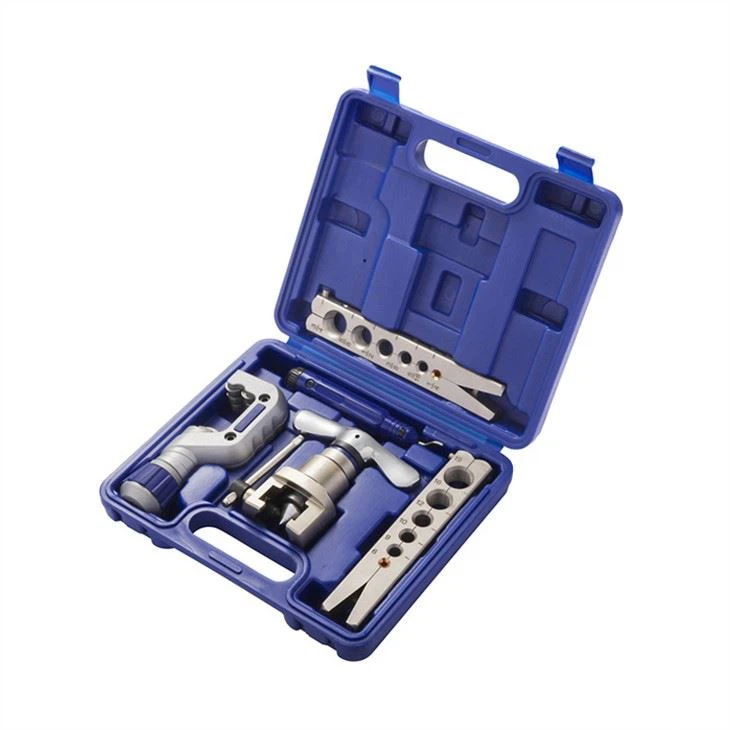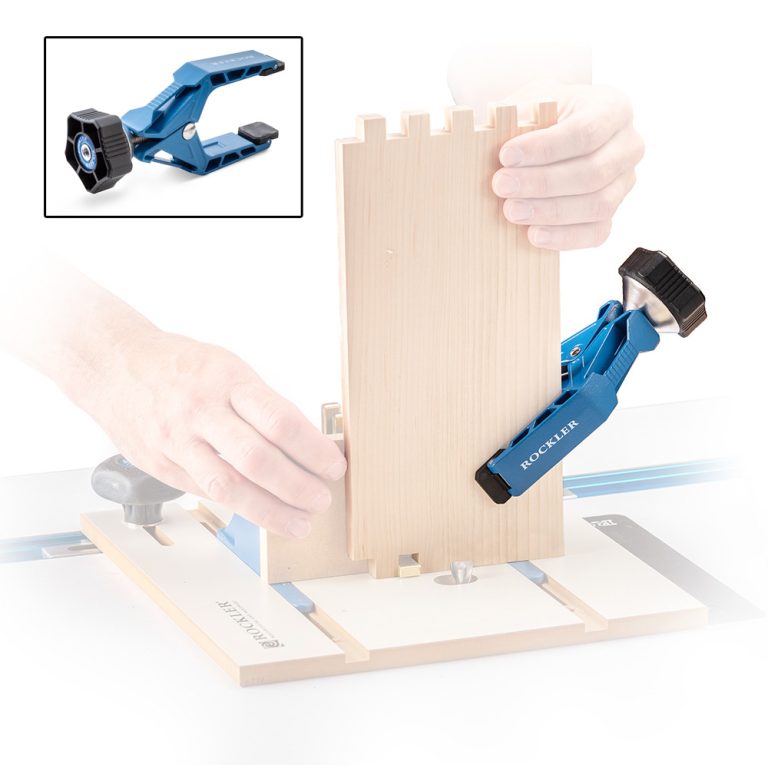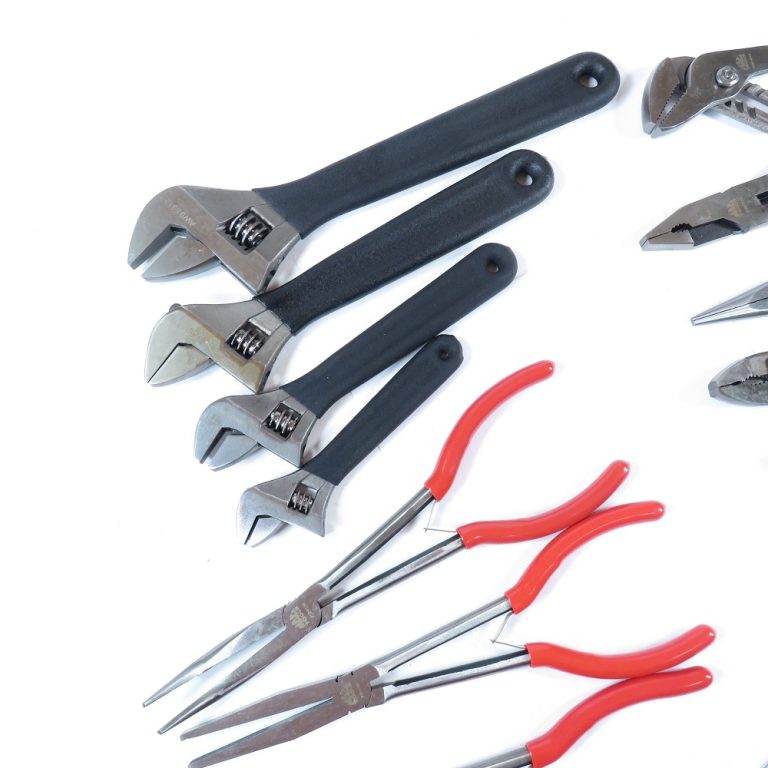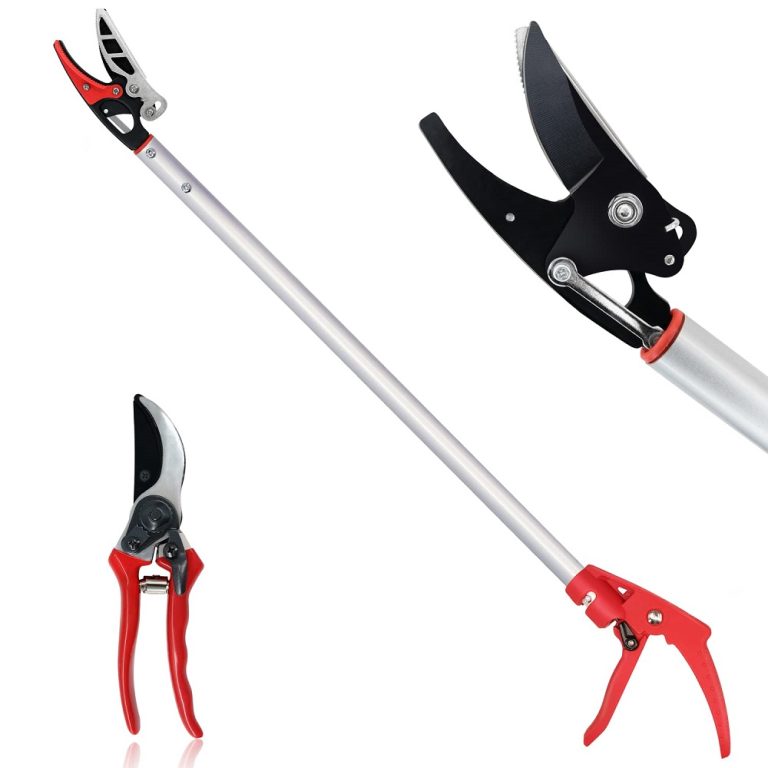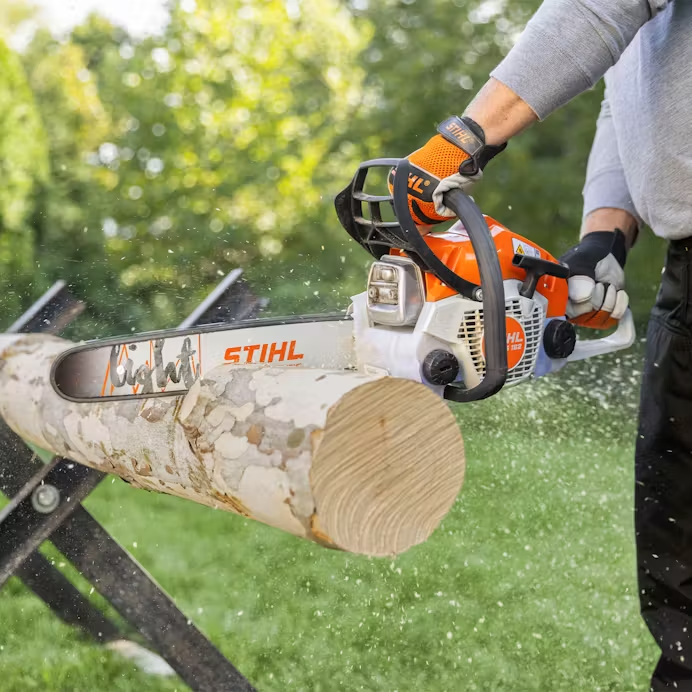Understanding the Flaring Tool: A Comprehensive Guide
Flaring tools are essential instruments in plumbing and HVAC systems. They enable the creation of precise flares in pipes. This process ensures gas and liquid flow effectively. Mastering the use of a flaring tool is crucial for anyone involved in these fields. A well-constructed flare can prevent leaks and enhance system efficiency. This blog dives deeper into the various aspects of flaring tools, their importance, and their applications.
What is a Flaring Tool?
A flaring tool is designed to create flared ends on pipes. Flared ends are crucial for connecting different sections of tubing. Typically, these tools work with soft metal tubes like copper. When the end of the tube flares out, it forms a perfect seal against a fitting. This connection is vital in high-pressure systems. The flare acts as a safety mechanism. It helps to prevent leaks and ensures a secure seal. Without a proper flare, systems can become prone to failures.
Additionally, different types of flaring tools exist. Each type serves a specific purpose. Some tools are manual, while others are hydraulic or powered. Manual tools require physical effort, while powered tools simplify the process. Regardless of type, proper understanding of the tool’s operation is necessary. It ensures that flaring is done correctly and efficiently.
In conclusion, understanding how flaring tools work is foundational for achieving proper connections in plumbing. A good flare enhances safety and reduces potential hazards. Proper training and skill are essential. A well-trained technician will produce consistently high-quality flares.

The Importance of Flaring Tools in HVAC Systems
In HVAC systems, flaring tools play a critical role. They create connections in refrigerant lines. These connections carry gases under high pressure and temperature. A secure flare is essential to avoid leaks. When a leak occurs, it can lead to significant energy loss. It can also damage the entire system. This makes flaring tools invaluable in maintaining system integrity.
Furthermore, flaring tools enhance the overall performance of HVAC systems. Proper connections ensure efficient refrigerant flow. When refrigerants flow efficiently, the system operates optimally. This efficiency results in lower energy costs for consumers. Proper flares also minimize the chances of system failures. Efficiency, reliability, and safety are paramount for HVAC performance.
In addition to functionality, flaring tools contribute to system longevity. Regular maintenance and the use of proper tools extend the lifespan of HVAC systems. Preventative measures reduce the need for costly repairs. Employing the right flaring tool leads to consistent quality in connections. Quality connections reduce wear and tear on system components.
Overall, flaring tools are critical in the HVAC industry. Their role cannot be overstated. Every technician should prioritize learning how to use flaring tools effectively. Proper utilization ensures safety, efficiency, and longevity for HVAC systems.
Types of Flaring Tools Available
When selecting a flaring tool, it is essential to understand the various types available. Each tool has unique features that cater to specific needs. Manual flaring tools are the simplest and most common. They typically consist of a clamp and a cone. This design allows users to produce consistent flares manually.
On the other hand, hydraulic flaring tools use hydraulic pressure for operation. This feature makes them easier to use, especially with larger pipes. Hydraulic tools reduce physical strain on the technician. They can produce multiple flares quickly and efficiently. Thus, they are ideal for professionals working on extensive projects.
Powered, electric flaring tools are another option. These tools combine speed and precision. They are especially useful in large-scale operations. Users can achieve consistent results with minimal effort. Electric tools are perfect for high-volume tasks where efficiency is critical.
When selecting a flaring tool, consider the material and size of the pipes. Different tools are designed for different diameters and materials. Ensuring the tool matches the job requirements is essential. Proper selection prevents damage to pipes and ensures a secure connection. Knowing the available types will help technicians choose the right tool for their needs efficiently.
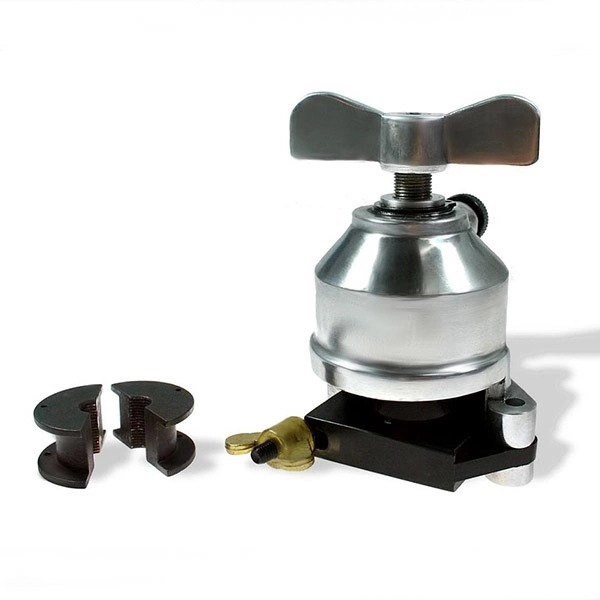
How to Use a Flaring Tool Properly
Using a flaring tool correctly is vital for producing quality flares. Begin by selecting the appropriate tool for the pipe material and diameter. Next, preparing the pipe is crucial. Cut the pipe cleanly at a right angle. Ensure there are no burrs or sharp edges. Burrs can lead to poor flaring results. A smooth cut provides a better surface for flaring.
Once the pipe is prepared, it’s time to mark the depth. Most tools have a measuring guide. This guide helps ensure the flare is uniform. Insert the pipe into the tool, aligning it properly. Tighten the tool to secure the pipe in place. This step is crucial for preventing movement during the flaring process.
After securing the pipe, use the tool to create the flare. For manual tools, use the handle to shape the pipe. Ensure consistent pressure to avoid uneven flares. With hydraulic and electric tools, follow the manufacturer’s instructions for operation.
Testing the flare is essential before connecting the piping. Check for imperfections or irregularities. A flawless flare ensures a tight and secure seal. Following this procedure yields high-quality flares. Consistency in the process builds reliability in plumbing or HVAC systems.
Best Practices for Flaring Tools Maintenance
Maintaining flaring tools is vital for ensuring optimal performance. Proper care extends the lifespan of the tools. Begin by cleaning the tools after each use. Residue buildup can affect the flaring process. A clean tool produces better results.
Additionally, regularly inspect the tools for wear and damage. This inspection helps identify potential issues before they become significant problems. Check for rust or corrosion, especially on metal components. Addressing these issues promptly will enhance tool longevity and performance.
Lubrication is also an essential maintenance task. Lubricate moving parts with appropriate oil. This practice reduces friction and wear, allowing for smoother operation.
Storing flaring tools correctly is equally important. Keep them in a dry, protected area. Avoid exposing them to harsh environmental conditions. Proper storage prevents damage and extends tool life.
Training technicians on proper maintenance practices is beneficial. Well-informed technicians will take better care of their tools. Ultimately, proper maintenance improves efficiency and ensures consistent results during operations.
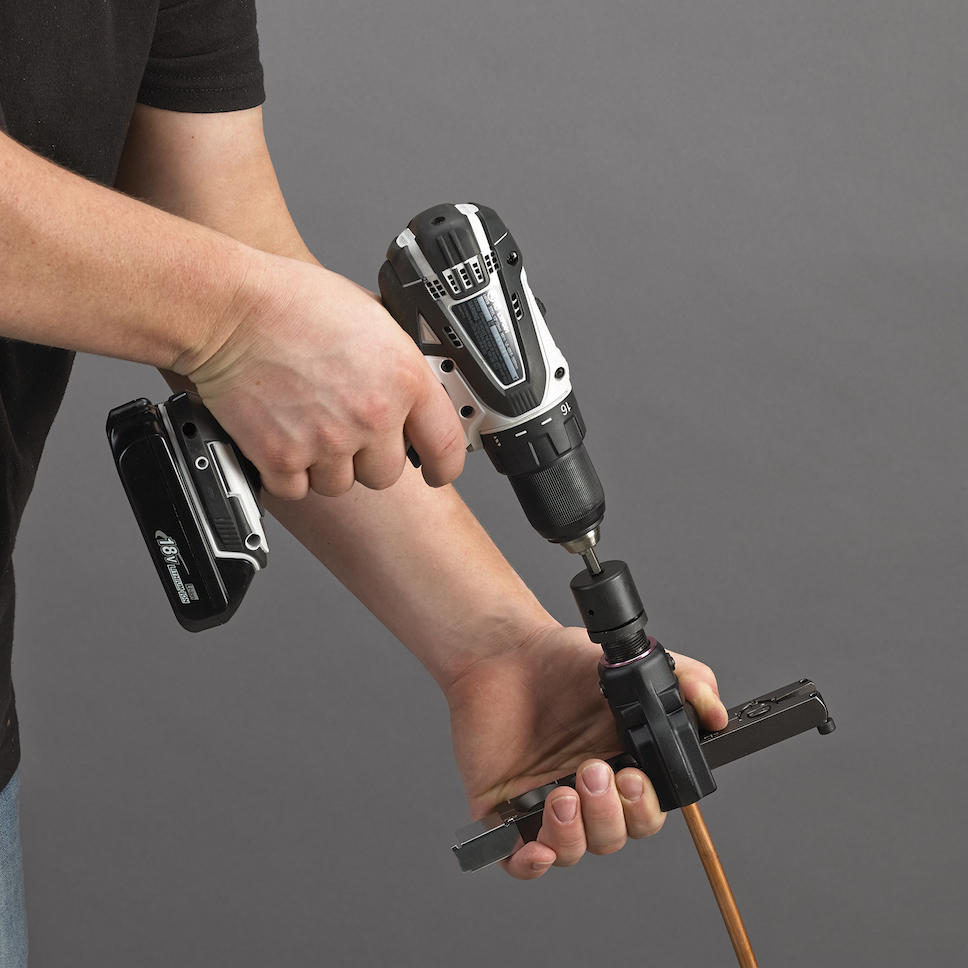
Common Errors When Using Flaring Tools
Even experienced technicians can make mistakes when using flaring tools. Recognizing these errors is vital for improving the flaring process. One common error involves not cutting the pipe cleanly. An uneven cut leads to poor flares. Always ensure the cut is straight and smooth before flaring.
Another mistake is improper depth marking. Inaccurate depth can result in flares that are either too shallow or too deep. Both issues compromise the quality of the connection. Using the measuring guide on the tool ensures consistent depth.
Inadequate tightening of the tool is also a frequent error. Failing to secure the pipe correctly leads to movement during flaring. This movement can create uneven or irregular flares. Always check tightness before beginning the flaring process.
Additionally, rushing the process can lead to mistakes. Taking time and care during each step is crucial. Quality should always come before speed. Technicians should maintain focus and consistency throughout the flaring process.
Finally, neglecting to test the flare before making connections is a significant error. Always check for irregularities after flaring. Identifying and correcting flaws before installation saves time and effort in the long run.
The Application of Flaring Tools Across Industries
Flaring tools find applications in various industries beyond plumbing and HVAC. Automotive mechanics often use flaring tools for creating secure brake line connections. In this context, the quality of the connection is crucial for safety. A poor flare can lead to brake failure, endangering lives.
The refrigeration industry also relies heavily on flaring tools. These tools create reliable connections in refrigerant lines. Proper connections enhance system efficiency and reduce environmental impacts. A secure flare minimizes refrigerant leaks, crucial for meeting environmental standards.
Further, flaring tools find use in the oil and gas industry. High-pressure applications require secure pipe connections. Flared fittings provide the safety and durability needed for these settings. Technicians in this field must prioritize the proper use of flaring tools.
Flaring tools are also used in manufacturing processes. Specifically, they can assist in joining various components efficiently. Manufacturers benefit from the speed and efficiency provided by modern flaring tools.
Lastly, the construction industry utilizes flaring tools during installation. Proper connections are essential in various systems, including gas lines and plumbing. The versatility of flaring tools makes them invaluable across multiple sectors. Understanding their applications helps in recognizing their importance.
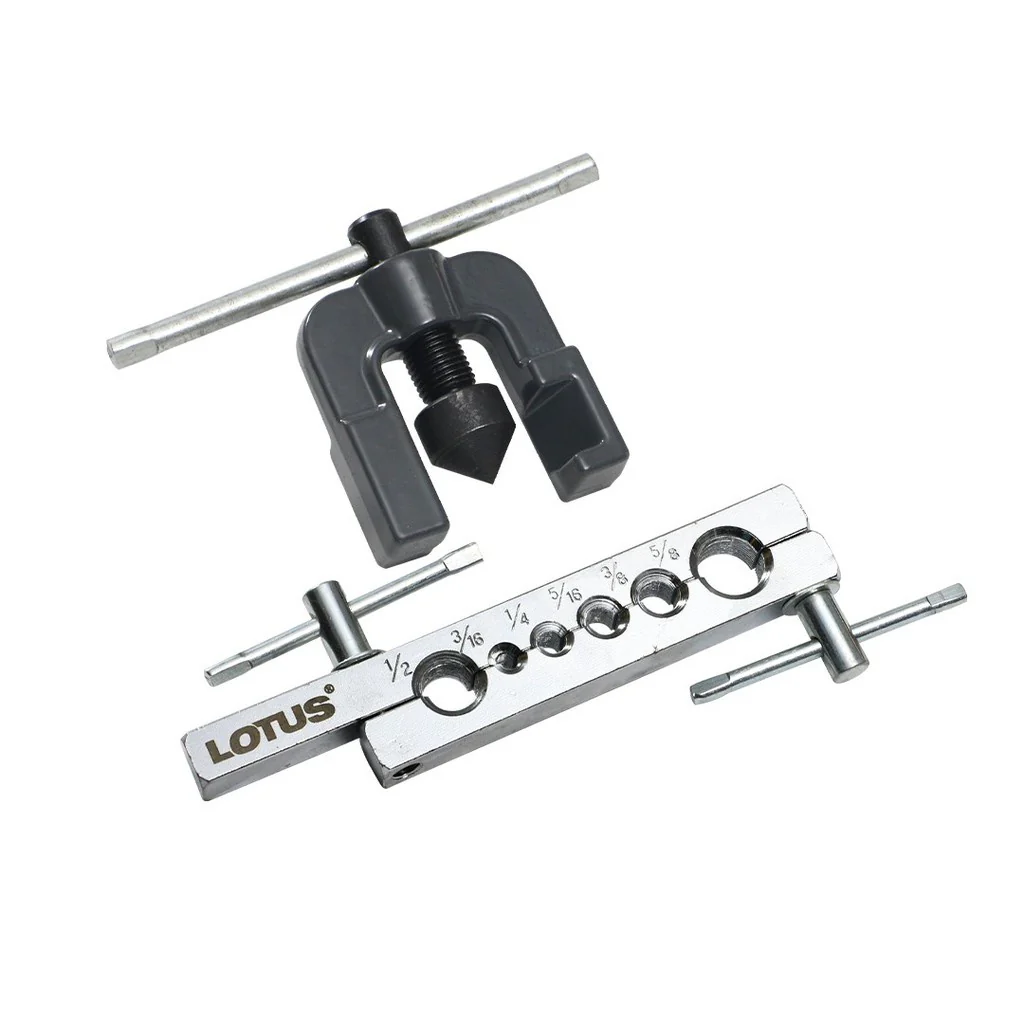
Conclusion: The Unmatched Value of Flaring Tools
In conclusion, flaring tools are indispensable in various applications. Their role in creating secure piping connections cannot be overstated. Mastering their use improves safety, efficiency, and system longevity. Understanding the different types, proper usage techniques, and maintenance practices ensures consistent results.
Moreover, technicians can avoid common errors through careful observation and practice. A good flare enhances the performance of plumbing, HVAC, automotive, and industrial systems. Recognizing the importance of flaring tools across various industries reinforces their unmatched value.
As technology evolves, so do the tools and techniques available. Embracing advancements in flaring tools allows for improved efficiency and reliability. Investing time in training and education yields lasting benefits. This knowledge is essential for achieving quality results in any application.
Overall, the mastery of flaring tools leads to significant improvements in various sectors. Technicians should prioritize their skills and knowledge in this area. The impact of well-executed flares resonates across industries, ensuring safer and more efficient systems.
With this understanding, professionals can confidently tackle any task involving flaring tools. The combination of knowledge and skill leads to precision and excellence. Investing in mastering flaring tools is a worthwhile endeavor for any technician.
